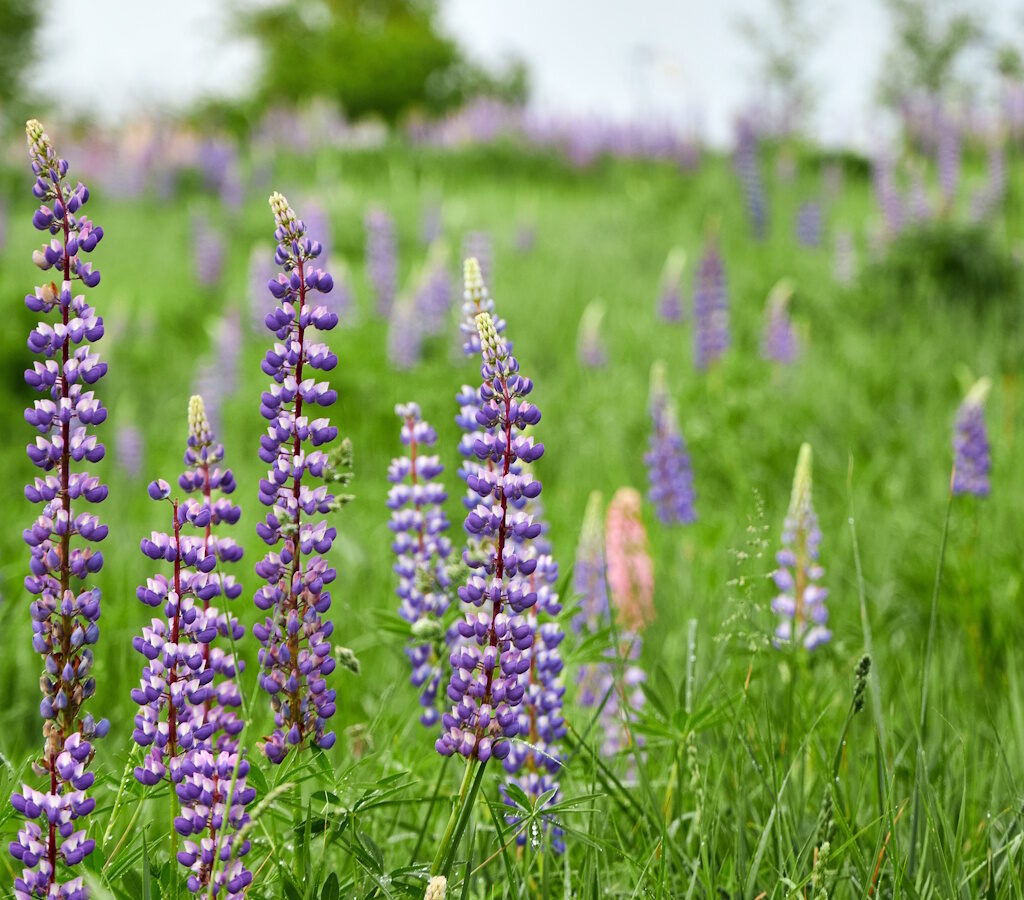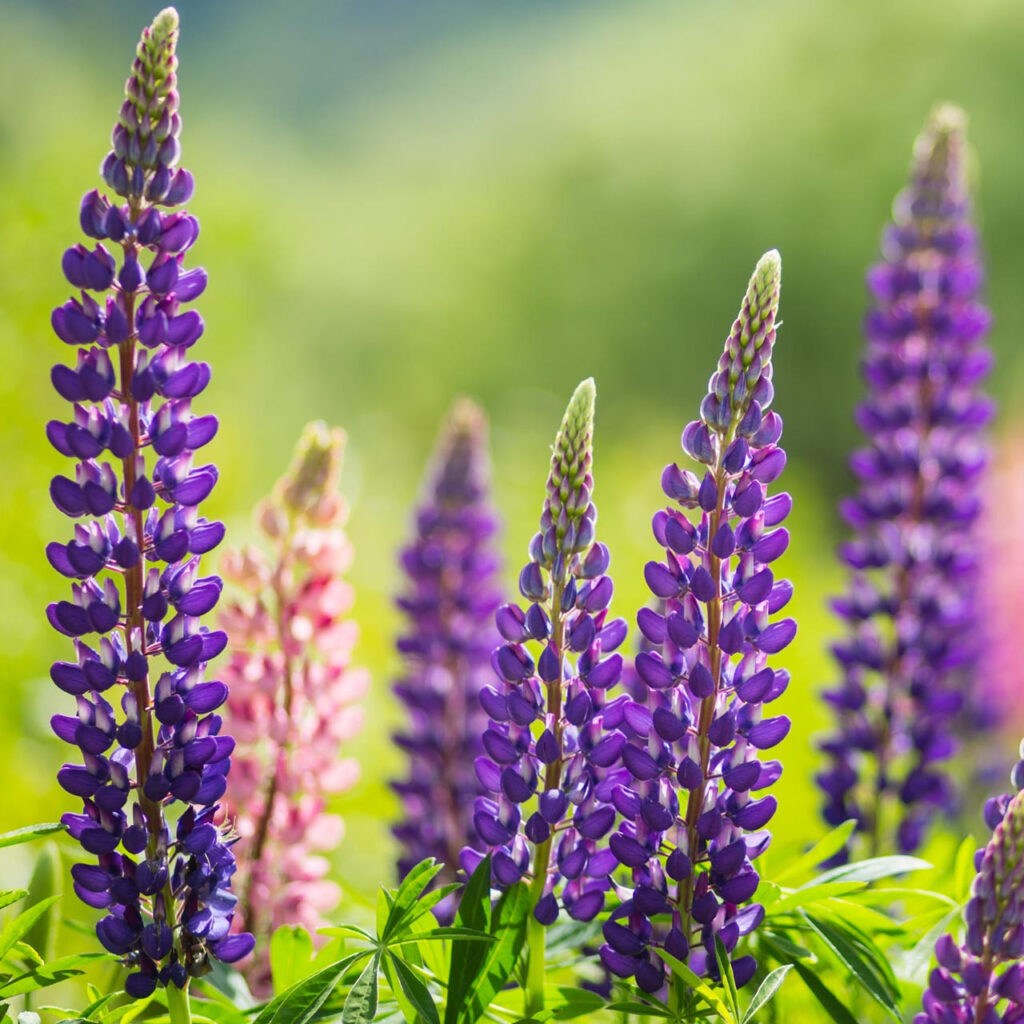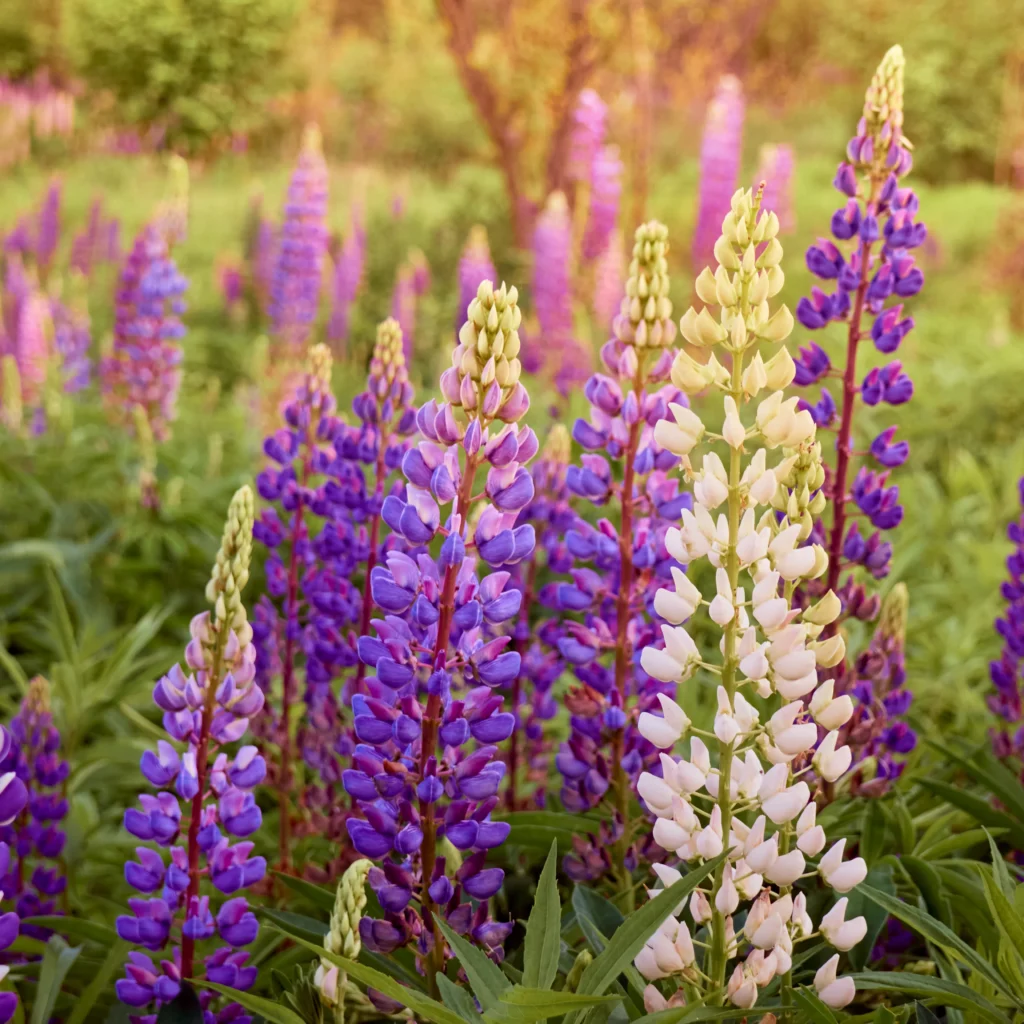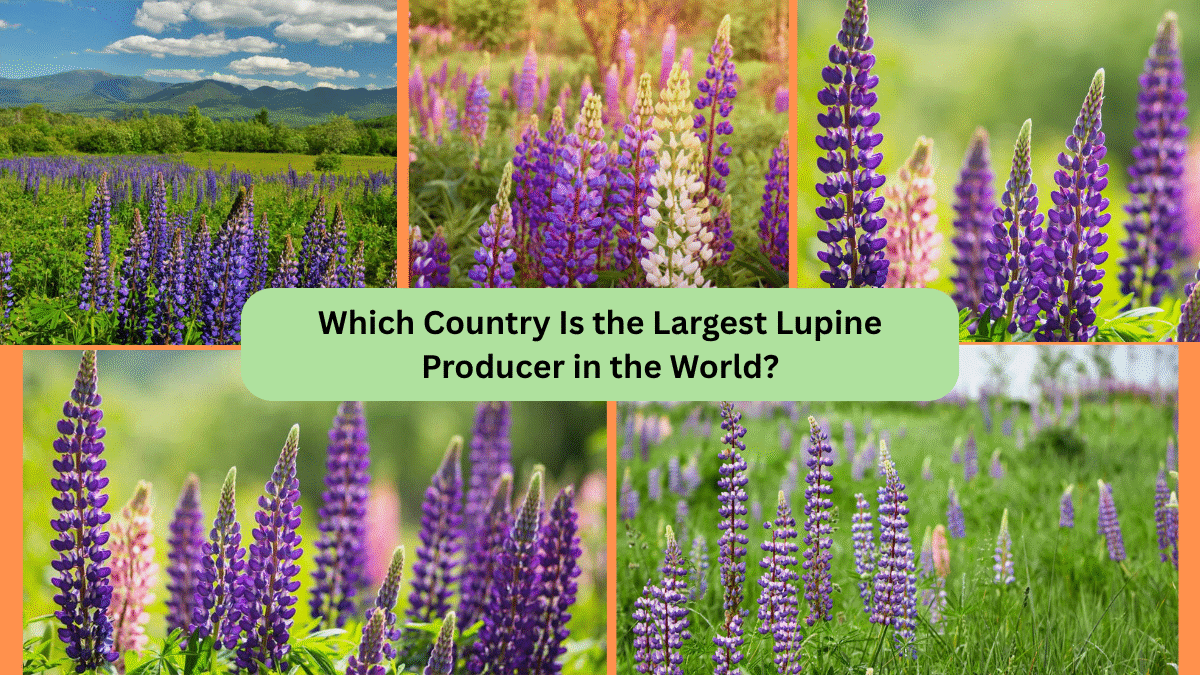Lupines, known for their tall, colorful flower spikes and valuable high-protein seeds, are more than just a striking ornamental plant. In the agricultural world, lupines hold immense importance as a sustainable crop, a source of plant-based protein, and a soil-friendly nitrogen fixer. Today, they’re grown for animal feed, human consumption, and decorative landscaping. But have you ever wondered which country stands as the largest producer of lupines in the world?
Let’s explore the fascinating world of lupine cultivation, its history, uses, and global production — and reveal the country that leads the charge in lupine farming.
What Are Lupines?

Lupines (genus Lupinus) are flowering plants in the legume family, known for their ability to thrive in poor soils and fix atmospheric nitrogen, improving soil fertility. There are over 200 species of lupines worldwide, with colors ranging from deep purples and blues to yellows, whites, and pinks.
While ornamental lupines are a favorite in cottage and meadow gardens, several species are grown commercially for their protein-rich seeds, particularly:
- Narrow-leafed lupine (Lupinus angustifolius)
- White lupine (Lupinus albus)
- Yellow lupine (Lupinus luteus)
Lupine seeds are processed into animal feed, food products, and increasingly, plant-based proteins for health-conscious and vegan markets.
Global Lupine Production: An Overview
Lupine cultivation thrives in temperate and Mediterranean climates. While native to North and South America, lupines have been grown for centuries across Europe, Australia, North Africa, and parts of Asia.
In recent decades, with increasing interest in plant-based proteins and sustainable agriculture, global lupine production has expanded significantly. According to the Food and Agriculture Organization (FAO), annual global lupine production hovers around 1.6 to 1.8 million tonnes, with cultivation spread across several continents.
Yet, one country dominates this landscape like no other.
Australia: The Undisputed Leader in Lupine Production

Without question, Australia is the largest producer of lupines in the world. It accounts for over 58% of global production, with the bulk of its output dedicated to animal feed, soil management in crop rotations, and increasingly, plant-based protein industries.
A Look at the Numbers
According to recent FAO and global agriculture reports:
- Australia produced approximately 957,500 tonnes of lupines in 2022.
- This accounts for more than half of global lupine output.
- Western Australia alone produces about 85–90% of Australia’s total lupine harvest, thanks to its Mediterranean climate and expansive arable lands.
Australia has maintained its dominance for decades, particularly since the 1990s when improved sweet lupin varieties allowed for wider cultivation and new commercial uses.
Why Australia Excels at Lupine Farming
Several factors explain why Australia leads global lupine production:
- Ideal Climate
Western Australia’s Mediterranean climate — with wet winters and dry, sunny summers — provides perfect growing conditions for lupines. - Extensive Arable Land
Large-scale farming systems in Australia’s grain-growing regions allow for the cultivation of lupines alongside wheat, barley, and canola in sustainable rotations. - Soil Improvement Benefits
Lupines are renowned for their nitrogen-fixing ability, enhancing soil fertility for subsequent cereal crops. This ecological advantage makes them a staple in Australian crop rotation systems. - Research and Breeding Programs
Australia has invested heavily in lupine research, developing disease-resistant, high-yielding, and low-alkaloid sweet lupin varieties like ‘Mandelup’, ‘Jenabillup’, and ‘Gunyidi’. - Expanding Global Demand for Plant Protein
With growing interest in plant-based diets, Australia’s lupine industry has tapped into protein markets in Europe, Asia, and the Middle East, further boosting production.
Other Major Lupine Producing Countries

While Australia leads, several other nations contribute to global lupine production:
Poland
As the second-largest lupine producer, Poland cultivates approximately 354,300 tonnes annually. Polish farmers grow mainly white and yellow lupines for animal feed, green manure, and protein-rich flours.
Russia
Russia produces around 105,500 tonnes, primarily for forage, soil restoration, and cold-climate cultivation in its northern grain belt.
Morocco
Morocco grows around 57,900 tonnes of lupines annually, especially in semi-arid regions, where lupines improve soil conditions and serve as fodder.
Germany
Germany, with about 53,000 tonnes, focuses on organic lupine farming for animal feed and food-grade protein for the European market.
Chile and France
Chile, France, and a handful of other European countries maintain moderate lupine cultivation, mainly for export, animal feed, and specialty health food products.
Lupine Uses: More Than Just Pretty Flowers

Lupines are highly valued for their multiple uses in modern agriculture, health, and environmental sustainability.
Animal Feed
About 70% of global lupine production goes into animal feed, especially for sheep, cattle, poultry, and aquaculture industries. Lupine seeds are rich in protein and fiber and are a safer alternative to soybeans in certain regions.
Human Consumption
In recent years, lupines have gained popularity as a superfood. The seeds are high in protein, dietary fiber, and beneficial phytochemicals, with minimal fat and no gluten.
Popular products include:
- Lupine flour
- Vegan meat substitutes
- Dairy-free yogurts
- Protein snacks
- Lupine pasta
Soil Fertility and Green Manure
Lupines improve soil health by fixing atmospheric nitrogen. They’re also grown as cover crops and green manure to naturally enrich soils, reduce pests, and improve subsequent harvests.
Market Growth and Trends

The global lupine market is expected to grow steadily, driven by:
- Increasing demand for plant-based proteins
- Sustainable farming initiatives
- Interest in gluten-free, allergen-free alternative proteins
Europe and Australia lead the way in developing lupine-based protein products. New processing technologies are making lupine protein concentrates and isolates competitive with soy, pea, and faba bean proteins.
Australia’s Wide Open Agriculture is one example of a company investing in lupine protein for plant-based milk, meat alternatives, and health foods.
Final Thoughts
So — which country is the largest lupine producer in the world?
The clear answer is Australia.
With nearly 1 million tonnes produced annually, Australia accounts for the majority of global lupine production, particularly narrow-leafed sweet lupin, used in animal feed, sustainable agriculture, and plant-based protein markets.
Its ideal growing conditions, large-scale farming systems, research investment, and export infrastructure have made Australia the undisputed leader in the lupine industry. As global demand for plant protein and sustainable agriculture continues to rise, Australia’s dominance is likely to persist, with opportunities for growth in European, Asian, and health food markets.





Leave A Comment